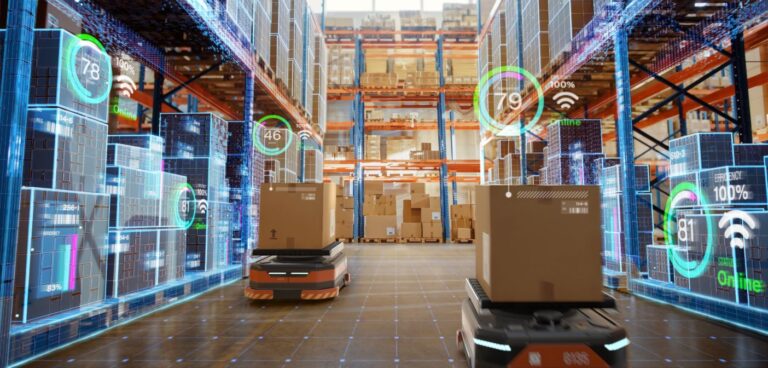Artificial Intelligence Inventory Management: Revolutionizing Warehousing Efficiency - assert-ai/nitin-jain GitHub Wiki
Summary: The rise of Artificial Intelligence Inventory Management is shaping the future of the warehousing industry. From real-time tracking and demand forecasting to automated stock replenishment and warehouse robotics, AI applications are making inventory management smarter, faster, and more efficient. With proven results like a 15% reduction in inventory costs and up to 50% fewer forecasting errors, companies can no longer afford to ignore the benefits AI brings to inventory management.

In the fast-evolving warehousing industry, Artificial Intelligence Inventory Management is rapidly becoming the backbone of operational efficiency. By automating inventory tracking, demand forecasting, and stock replenishment, AI is transforming how businesses manage their supply chain.
But how exactly is this technology making waves in warehousing? Let's dive into the game-changing applications of AI in inventory management and explore the future of this intelligent approach.
Real-time Inventory Tracking and Accuracy
One of the most significant advantages of Artificial Intelligence Inventory Management is real-time stock monitoring. Traditional methods often lead to stock discrepancies and costly mismanagement. AI changes the game with its capability to scan, track, and update stock levels in real-time. For example, AI-powered RFID sensors and cameras monitor warehouse stock without human intervention, ensuring accuracy and efficiency.
A report by Deloitte shows that AI applications in inventory management can reduce forecasting errors by 20-50%, enabling companies to minimize excess inventory and stockouts. This precision directly impacts the bottom line, making businesses more agile and cost-effective.
Demand Forecasting and Supply Chain Optimization
Demand forecasting is crucial in preventing overstocking and understocking. Artificial Intelligence Models for Inventory leverage advanced machine learning algorithms to analyze historical data, consumer behavior, and market trends. These predictive models anticipate future demand and help warehouses adjust inventory levels accordingly.
According to McKinsey, AI-driven supply chain forecasting can lead to a 15% reduction in inventory costs while increasing product availability by up to 65%. This allows companies to maintain an optimal stock level and streamline their supply chain operations efficiently.
Automated Stock Replenishment
AI takes automation to the next level with smart stock replenishment systems. These systems use data from real-time tracking and demand forecasting to reorder products automatically. Warehouse managers no longer need to manually track inventory levels, reducing the chances of human error. This proactive approach minimizes stockouts and ensures smooth operations, especially during peak demand.
AI in Warehouse Robotics
Warehouse robotics integrated with Artificial Intelligence Inventory Management can significantly boost efficiency. Robots equipped with AI can pick, pack, and move inventory with speed and accuracy, reducing manual labor and freeing up human workers for more strategic tasks. Automated guided vehicles (AGVs) can transport goods from one location to another, improving inventory flow and warehouse safety.
Conclusion
The impact of Artificial Intelligence Inventory Management on the warehousing industry is undeniable. By improving accuracy, streamlining operations, and enhancing decision-making processes, AI has become an indispensable tool for businesses aiming to stay competitive. As AI continues to evolve, we can expect even more advanced solutions, including greater use of Artificial Intelligence Models for Inventory, to optimize inventory management. The companies that embrace these technologies today are the ones that will lead the future of warehousing tomorrow.